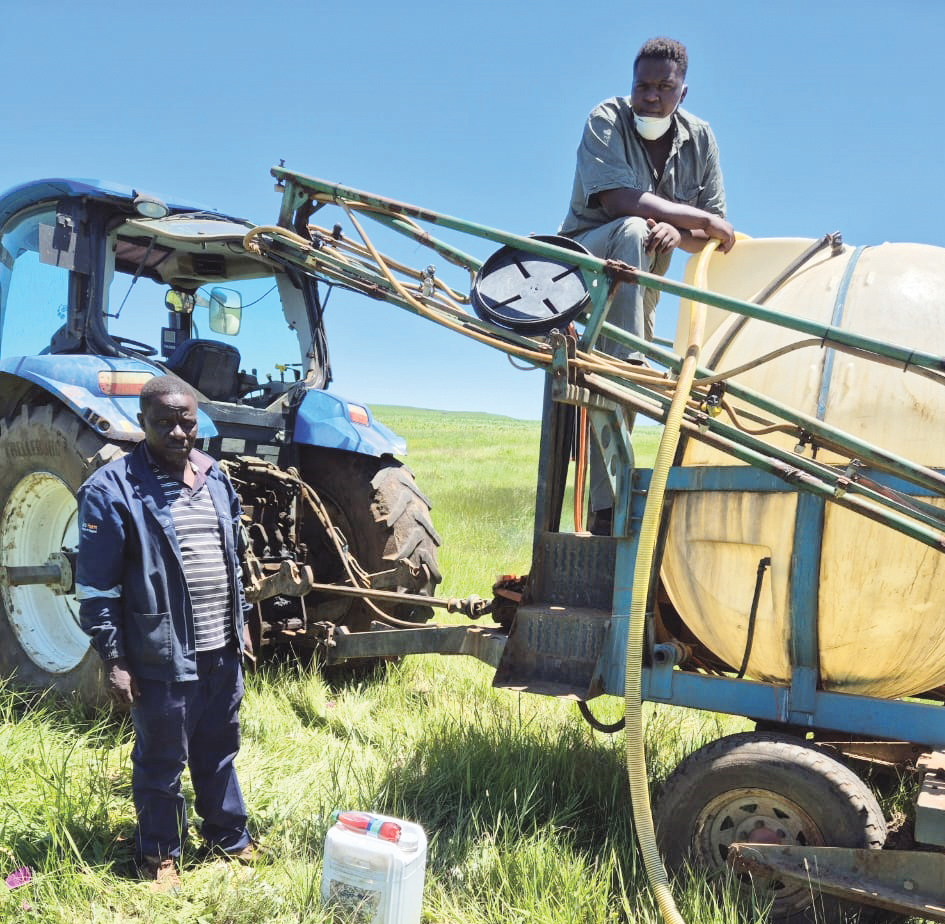March 2025
| KARINA MULLER, PULA CONTRIBUTOR |
 |
A FAMILY FARM IS MORE THAN A BUSINESS, AS IT’S A LIFESTYLE AND AN IDEAL WORTH PRESERVING. PRESERVING FAMILY FARMING REQUIRES MORE THAN LUCK – IT DEMANDS CAREFUL PLANNING, DISCUSSIONS AND SOMETIMES EVEN CONFLICT RESOLUTION.
Family farms are vital to South Africa’s agricultural industry, contributing significantly to the economy. They are key to managing natural resources, protecting the environment and enhancing community life. The United Nations has dedicated the decade from 2019 to 2028 to family farming, recognising their role in global food security and sustainable development. The generational transfer of family farms is a solid foundation for economic growth in rural communities.
However, challenges such as market uncertainty, farm attacks, climate change and the lack or hesitance of succession planning have made the environment unstable, prompting many young people to leave rural life for urban careers.
FAMILY FARMS IN SOUTH AFRICA
Dr Theo de Jager, former president of the World Farmers’ Organisation, asserts that family farms are the world’s largest single employer and often serve as the economic and cultural centre of rural communities. In South Africa, up to 90% of family farms generate less than R5 million annually. Despite this, smaller farms are often more resilient to market fluctuations.
Dr Andries Radley of Radley Business Solutions notes that over 80% of South Africa’s agricultural producers are family farms, which account for more than 50% of the country’s agricultural output and highlight the importance of succession planning.
Unfortunately, family farming businesses often last only 24 years on average. According to Yolandi Kruger, director and agricultural advisor at Dunamus Agri, the success rate drops to 30% when passed from the first to the second generation and falls to just 10% from the second to the third generation. ‘This failure often arises from a lack of succession planning – a business strategy that ensures leadership transitions smoothly when the initial leader steps down.’

Father and son team, Thomas and Simphiwe Sibiya, who are mentored by Timon Filter from the Louwsburg regional office.
SUCCESSION PLANNING IN FAMILY FARMS
Succession planning is the process of identifying critical positions within the business and developing action plans for individuals to take over. It strengthens the enterprise by ensuring the right people are in the right roles today and in the future. For family farms, it’s crucial that leadership is passed to the next generation to sustain operations. Effective succession planning involves:
Succession planning ensures that family farms are prepared for transitions, allowing all involved members to grow – not just those in management roles.
Planning in advance
The initial leader plays a crucial role in succession planning. It’s vital that the patriarch begins preparing for retirement or scaling down long before stepping down, allowing for proper provision. Family farming plays a significant role in feeding the world, but without succession planning, many farms fail when the patriarch leaves.
Without proper preparation, a family-run farm can grind to a halt. Setting clear guidelines before the next generation takes over reduces preventable conflicts.
Dr Johan Beukes from Authentic Living Learning emphasises the importance of clear boundaries to protect family relationships. ‘In family farming, there can only be one leader – someone who has enough knowledge to manage the farm and ensure its long-term benefit.’
Communication
Theo Vorster of Galileo Capital stresses that family farming issues arise when communication breaks down between the generations involved. He emphasises the need for ongoing communication between the father, children and grandchildren to discuss their needs and aspirations for the farm.
‘Ineffective communication is one of the largest obstacles and sources of conflict in family farming businesses. Regular meetings should be held to discuss the farm’s financial status, business risks and succession plans, with minutes taken for reference.’
FAMILY STRUCTURE AND SUCCESSION
Many families use a family structure document to guide successful succession planning. This document provides the foundation for transitioning the farm across generations and should be updated regularly. If disagreements arise, professionals can assist in the process.
The family structure should include the following elements:
STRATEGIES TO ENGAGE YOUNG PEOPLE
The 20-year-old son of a North West farmer shared with Pula Imvula that he would never take over the family farm, citing its small size and lack of profitability. This young man, like many other young people, prefers an urban career to farming.
To encourage the youth to stay in farming, the industry should present agriculture as a modern and viable career.
Here are some strategies to engage young people:
1. Showcase farming as a profitable career:
2. Modernise rural life:
3. Provide education and mentorship:
4. Offer financial support:
5. Foster a sense of purpose:
6. Celebrate farming success:
7. Create fun and fulfilment:
8. Build stronger family ties:
Farming can become a fulfilling and attractive career when aligning rural life with young people’s aspirations for growth, purpose and connection.
Publication: March 2025
Section: Pula/Imvula